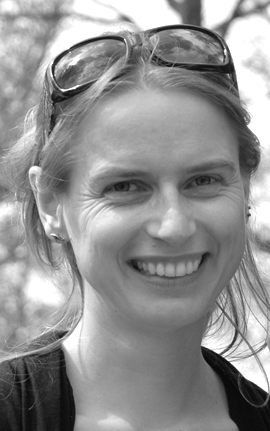
Sanne Boessenkool
Professor
Sanne is interested in how anthropogenic and environmental changes determine the abundance and distribution of organisms through space and time. She primarily used (palaeo)genomic data, but most projects are interdisciplinary in nature and combine data and expertise from a diversity fields.
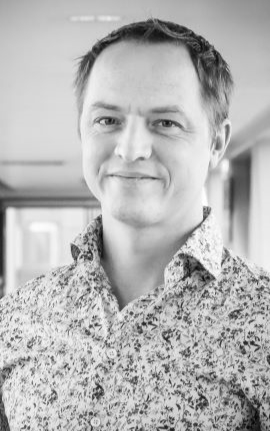
Bastiaan Star
Professor
Bastiaan is an evolutionary biologist. He is using a range of genomic tools (including ancient DNA) to investigate how genetic variation, population structure and population size have changed over time during the onset of human exploitation and the development of long-distance trade networks. He enjoys collaborating with archaeologists, zooarchaeologists, historians and ecologists to study modern and ancient specimens up to thousands of years old.
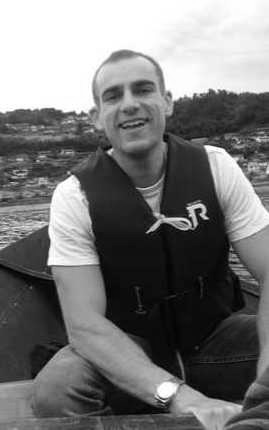
Samuel James Walker
Postdoctoral Fellow
Sam is a zoo-archaeologist working as part of the EvoCave team. His work focuses on the study of animal bones to recreate past faunal communities and investigate changes through time. He specialises in past avifauna across Scandinavia during the Holocene. He has also worked for several years as a field archaeologist and enjoys multidisciplinary collaboration.
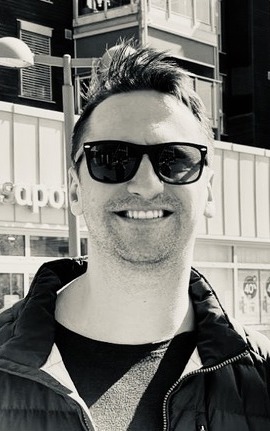
Oliver Kersten
Postdoctoral Fellow
Oliver is investigating the effects of marine exploitation on key taxonomic groups, such as marine mammals and fish. He combines whole genome, large-scale population genomics data with ecological and environmental data using ancient, historical, and modern DNA. Additionally, Oliver is continuing his work on population genomics of North Atlantic seabirds trying to resolve extensive gaps in the spatio-temporal resolution.
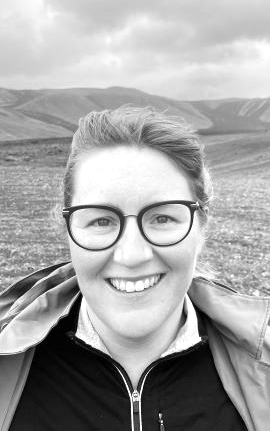
Albína Hulda Pálsdóttir
PhD student
Albína is researching the origins of sheep and horse breeds of the North Atlantic through ancient DNA. By doing ancient DNA analysis on animal bones from archaeological excavations, she aims to reveal how the changes of the Viking Age impacted domestic animals in the region, their population structure and the genetic effects of isolation and intensive breeding.
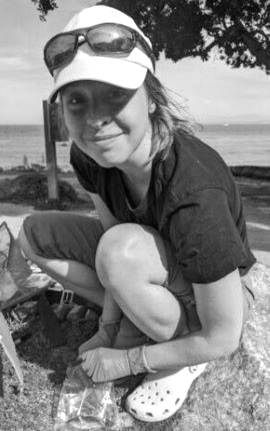
Aurélie Boilard
PhD student
Aurélie is part of the EvoCave project, where she aims to use ancient DNA retrieved from the Kjøpsvik karst cave in Northern Norway to reconstruct faunal diversity and genetic diversity of mammalian populations over the last 122 000 years, as well as their distribution throughout the last glacial cycle.
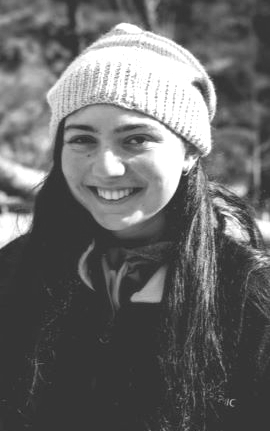
Lydia Furness
PhD student
Lydia is investigating past human impacts on sea cows using ancient and modern DNA. By uncovering the demographic histories of species such as North American, Amazonian, and West African manatees, the dugong, and the extinct Steller’s sea cow, Lydia hopes to discover why one went extinct when others did not, and to map out chronological and regional differences in sea cow exploitation.
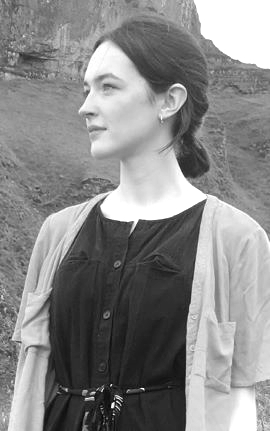
Lauren Cobb
PhD student
Lauren is using whole genome sequencing methods to investigate the population structure of several European bumblebee species of various ecological backgrounds. By using landscape genomics approaches, Lauren aims to examine bumblebee population connectivity and dispersal in the context of spatially variable anthropogenic threats such as land-use change, habitat loss, and pollution.
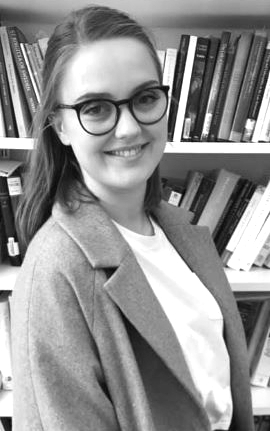
Emma Falkeid Eriksen
PhD student
Emma is working on the BEE-DIVERSE project, investigating population structure and migration patterns of wild bee species in Northern Europe using whole genome sequencing. Through landscape genomics approaches, using wild bees as model species, she aims to provide a better basis for conservation efforts to mitigate the effects of human activities on insect decline.
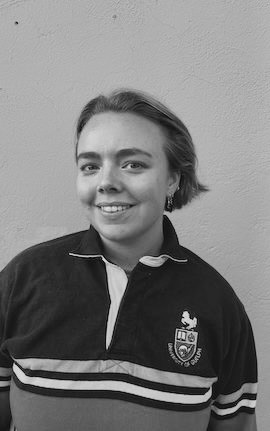
Marianne Strand Torvanger
PhD student
Marianne is an ecologist working on the BEE-DIVERSE project, where she will combine landscape ecology and functional trait analyses of native bees to create maps off bee distributions across Northern Europe. By locating species diversity 'hot-spots' and barriers to dispersal, Marianne hopes to identify conservation priority targets for these vital pollinators.
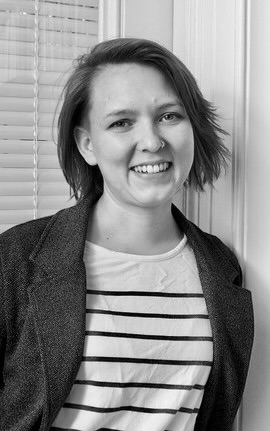
Lea Frank
PhD student
Lea is an archaeologist working in the SaveCave team. She is applying aDNA and osteological analyses on recently excavated faunal, sedimentary and archaeological records from caves above the Arctic Circle in Norway (e.g., Solvikhola). Her focus lays on investigating faunal diversity throughout the Holocene and shedding light on long-term processes of human-animal-environment interactions and use of prehistoric landscapes and caves.
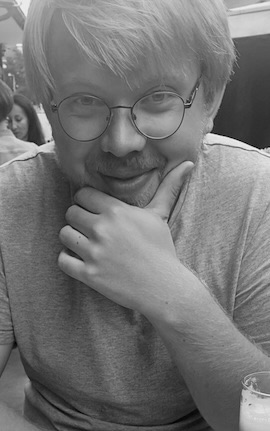
Håvard Kjellsen Bjerke
MSc student
Håvard is investigating demographic changes in Norwegian coastal seals as part of the ARCAVE project. He is interested in using the aDNA excavated from the Kirkhelleren cave to investigate the relationship between neolithic humans and the seals they exploited. Håvard hopes to gain further insight into how the neolithic humans interacted with the marine species they exploited.
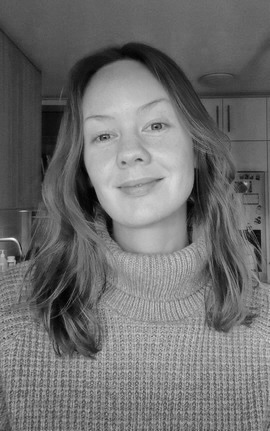
Gudny Yr Sigfusdottir
MSc student
Guðný is investigating the impact whale exploitation had on the bowhead whale and the North Atlantic right whale, as part of the 4-Oceans project. She is interested in using aDNA to gain insight into how genetic variation, population size and structure have changed over time.
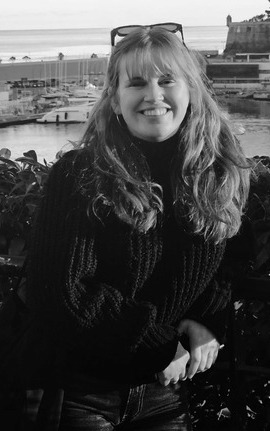
Emma Onshuus
MSc student
Emma is working on reconstruction of the faunal composition from the fossil record in an excavated cave in Fauske, as part of the SaveCave project. She uses ancient DNA techniques and osteological analysis to investigate the potential variations occurring in the area throughout the Holocene. She is particularly interested in how reconstructions of past environments can be used for solving contemporary climate issues.
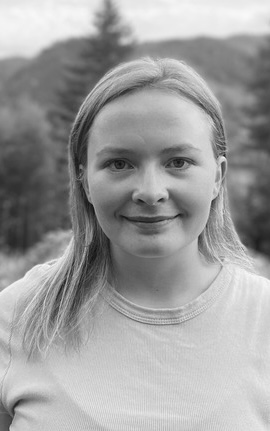
Malene Langvik-Hansen
MSc student
Malene will study connectivity of wild bees in an urban landscape as part of the BEE-DIVERSE project. Oslo is a 'hotspot' for wild bees, and to mitigate further biodiversity loss, the Oslo municipality recently implemented flower-rich meadows around the city. Using capture-mark-recapture, Malene aims to investigate the effect of established green areas on the connectivity of wild bees in the city.